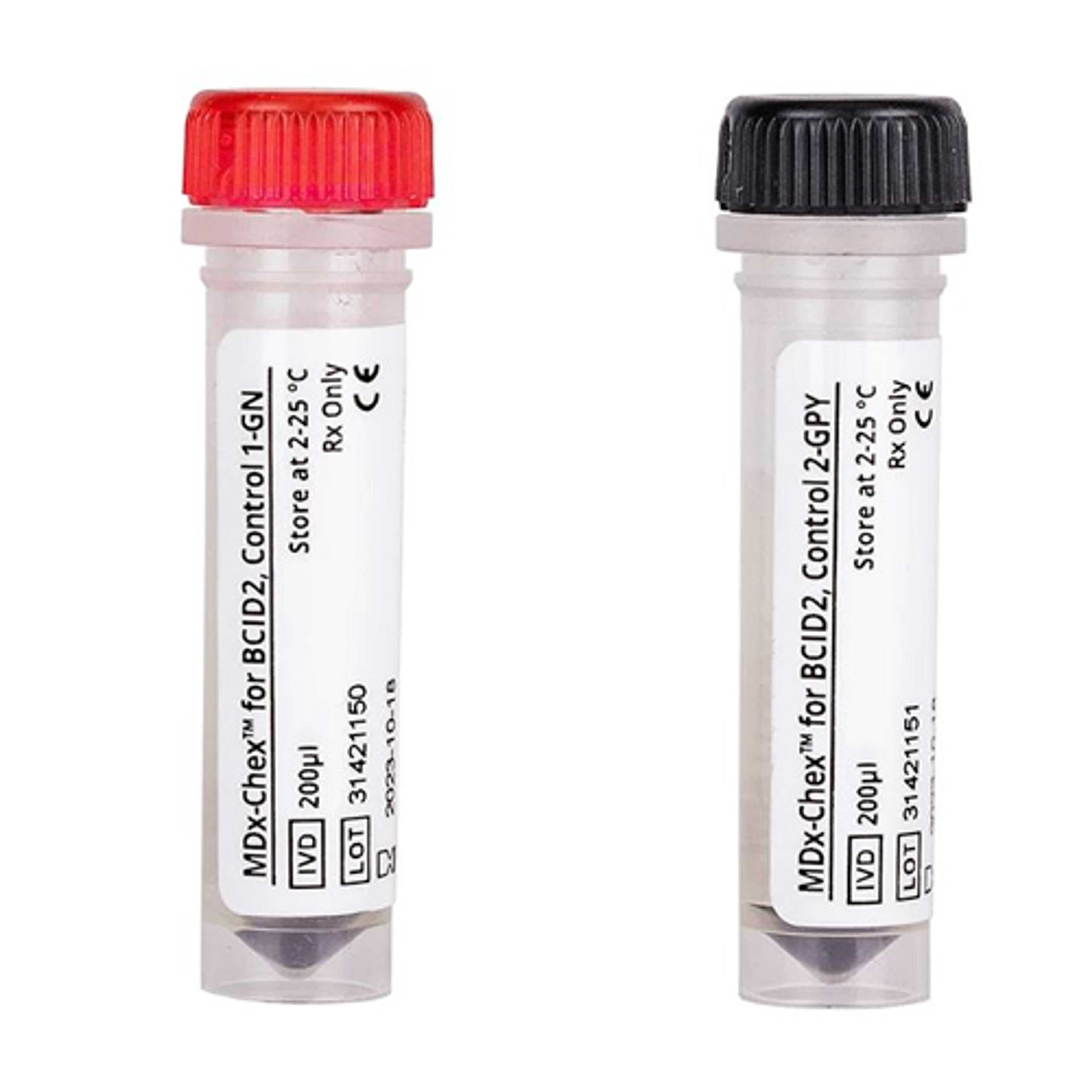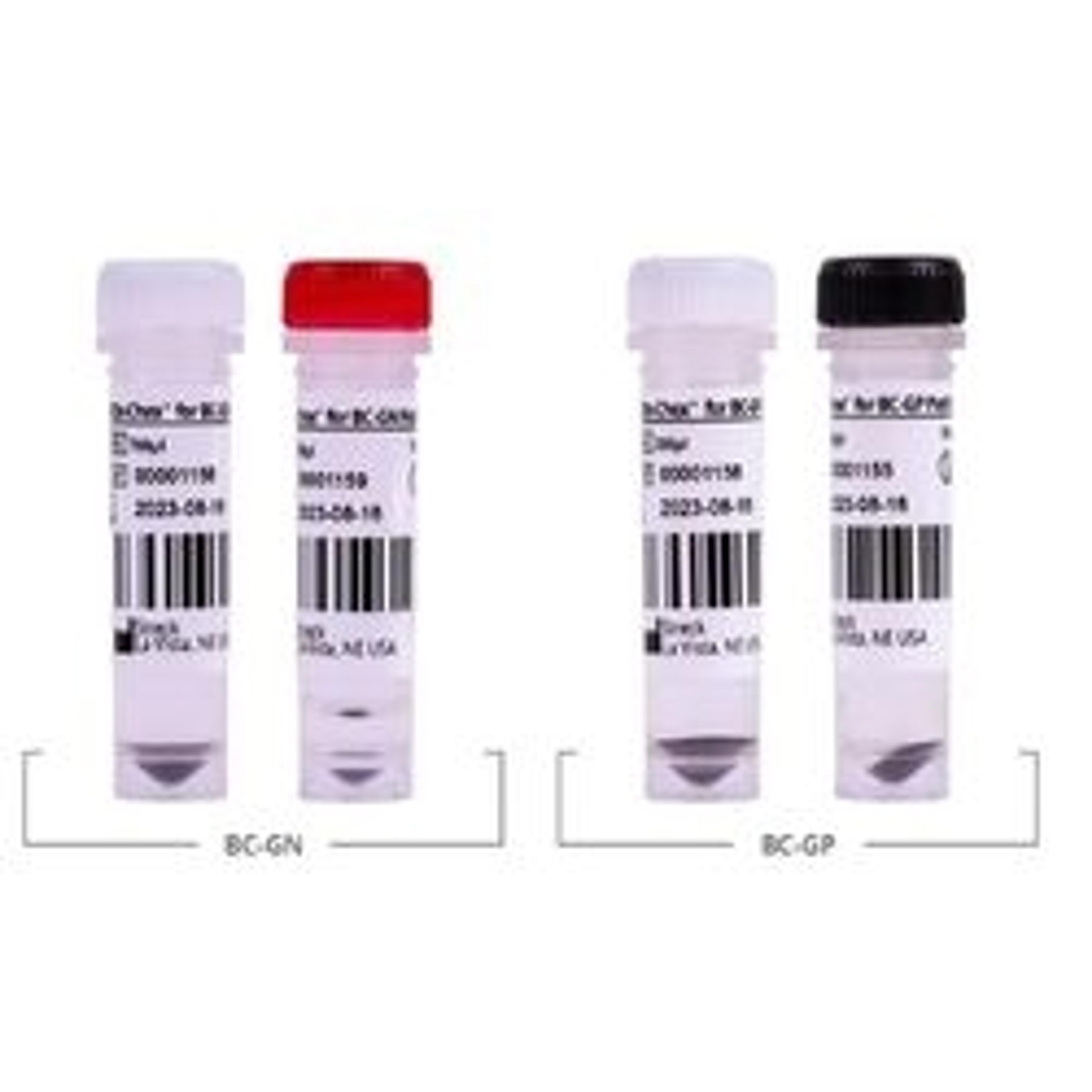Full-process, patient-like quality controls advance molecular diagnostic testing
One lab shares its experience switching to Streck’s quality control solution for molecular diagnostics testing
19 Aug 2025
Dr. Luciano Soares, Clinical Scientist, Tampa General Hospital
Molecular diagnostics are a cornerstone of modern healthcare. Whether used to identify pathogens, genetic mutations, or biomarkers, these tests are central to helping clinicians determine diagnoses and tailor treatment strategies. However, for molecular diagnostics to have any clinical utility, appropriate quality control measures must be in place to ensure they are performing as expected, with the correct specificity, scope, and sensitivity. Without adequate QC, even the most advanced assays risk yielding inaccurate results, which can delay and be a detriment to patient care.
As molecular diagnostics become more complex, particularly with the rise of automated nucleic acid-based platforms, the need for comprehensive quality control grows ever more urgent. Clinical laboratories and assay developers alike require controls that not only mimic real patient samples but validate every stage of the workflow, from extraction to amplification to detection. Until recently, such full-process, patient-like controls were hard to source.
We want to make sure that every single sample we’re running has a QC that's passed to assure that we have a proper result for our patients.
Dr. Luciano Soares Tampa General Hospital
The perfect QC
Does your QC process truly challenge and verify the performance of your molecular diagnostic test at every step in the analytical process, for all the targets tested? This is a critical question that every molecular diagnostics developer must confront to confidently validate tests during clinical trials, support regulatory submissions, and ultimately equip clinicians with reliable diagnostic tools.
It is also a question that Dr. Luciano Soares, a clinical scientist at Tampa General Hospital’s Esoteric Research and Development Laboratory, encounters daily. Soares leads the evaluation, validation, and clinical trials of a wide range of diagnostic assays, working closely with developers to rigorously assess test performance using clinical samples. His team also reviews approved diagnostics for adoption within the Tampa General Hospital, ensuring each test meets clinical standards and aligns with patient care needs.
“We want to make sure that every single sample we’re running has a QC that's passed to assure that we have a proper result for our patients,” Soares says. “QCs need to call the right pathogen every time, positive and negative results need to be correctly identified to avoid false positives or negatives, and the QC run should have all the internal process of that test accounted for, so that we are sure that every single step in that sample test aligns to what our expectations are.”
Soares also stresses the importance of using QCs that closely resemble the original sample. For example, a plasma-based assay should be matched with a QC formulated in a similar plasma matrix, containing the same types of proteins and molecular components. “You always need to look for a QC that resembles the sample you’re running,” he explains. “When assays become more complex, say 45 different pathogens in one type of panel, you also want to make sure that the QC that you're running is comprehensive enough to have all the pathogens that you're looking for.”
Switching to MDx-Chex
Many commercially available controls fall short of these ideals. Some are made solely of synthetic materials diluted in buffer; others use intact organisms but suspend them in non-patient-like matrices. These formulations often fail to detect all panel targets, cannot account for matrix-related inhibitors in patient samples, and do not reliably reflect real clinical conditions.
These shortcomings became apparent to Soares and his team when their existing QC failed to detect one of their target pathogens. That is when they turned to Streck’s MDx-Chex® for BCID2.
“MDx-Chex ticked all the boxes,” Soares explains. “Since we’ve changed to it, we’ve had 100% correct results – on every single test we have run.”
As full-process external controls, MDx-Chex controls are designed to be run alongside patient specimens to verify test performance, ensure lot-to-lot consistency, and reduce the risk of incorrect results caused by assay or instrument failures.
What sets MDx-Chex controls apart are their formulation. Each control contains intact, inactivated, and test-specific microorganisms suspended in a matrix of red and white blood cells combined with blood culture media, closely mimicking the composition of real clinical samples. Negative controls use the same patient-like matrix but without microorganisms, providing a realistic and reliable baseline. This level of authenticity helps minimize the risk of analytical variables compromising results, as well as cross-contamination and pipetting errors. “It’s very easy to use – it takes less than two minutes to prepare the sample,” Soares adds.
Streck currently offers MDx-Chex controls for BIOFIRE® BCID2 and Luminex® VERIGENE® BC-GP and BC-GN sepsis panels. For the BIOFIRE BCID2 Panel, MDx-Chex provides complete coverage of all 43 bacteria, yeasts, and antimicrobial resistance gene targets packaged in two separate vials, one for Gram (-) bacteria and one for the Gram (+) bacteria and yeasts. MDx-Chex for BC-GP and MDx-Chex for BC-GN cover all targets tested with Luminex VERIGENE for BC-GP or BC-GN, respectively in a single vial.
Advice for other labs
Soares offers five pieces of advice for others looking to adopt a new QC method:
1. Ensure it fits your assays. Match the QC product to the specific types of assays you are running. Compatibility with your test matrix and target pathogens is crucial.
2. Check the pathogen panel. Review the list of pathogens included in the QC and confirm it aligns with your diagnostic needs and expectations.
3. Confirm consistency across users. Validate that the QC provides consistent results across different lab operators to ensure reliability and reproducibility.
4. Focus on key performance factors. Assess the QC based on accuracy, sensitivity, specificity, and stability. These are essential for dependable results and long-term performance.
5. Consider your lab’s workflow. Think about how long you need each QC lot to last and whether it suits your lab’s volume and operational demands.
To hear Soares share how his lab transitioned to MDx-Chex for BCID2, watch the on-demand webinar “Trials and Tribulations in the Quest for QC Perfection with Patient-Like Controls” where he discusses what defines an ideal external quality control under current microbiological guidelines, and how intact, patient-like controls can reveal issues synthetic materials often miss.
Future outlooks
Today’s diagnostic panels not only detect a wide range of pathogens but also identify key genetic markers, such as those related to antimicrobial resistance. Consolidating testing into a single, multipurpose assay reduces both cost and, more critically, the time needed to diagnose a patient’s condition. But as molecular diagnostics evolve, so must the quality controls that ensure their reliability.
Looking ahead, Soares believes that future developments in QC will hinge on even closer alignment with clinical sample types, the ability to support increasingly complex assays, and greater stability and reproducibility across different operators and laboratories.
Beyond infectious disease diagnostics, Soares also highlights the rapid progress in oncology diagnostics, where quality control is just as critical. “You might be looking at 500 different genes in a single test,” he explains. “Making sure you have all the genes that you're looking for, you've prepared your libraries correctly, your process is being followed properly, and you can see the different target genes in your external controls as well – all of this is crucial,” he says.
“It’s an exciting time,” he concludes. “The technology has advanced tremendously, and we’re increasingly able to deliver true precision medicine, which makes a profound difference in diagnosis and treatment outcomes for patients.”


